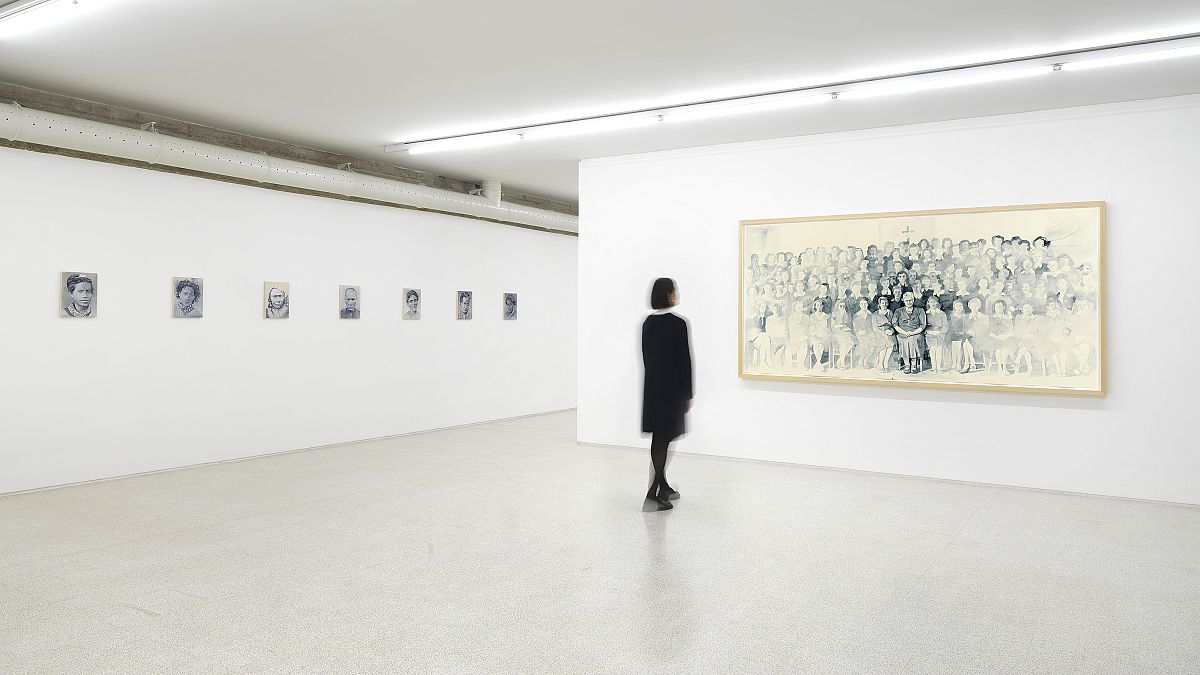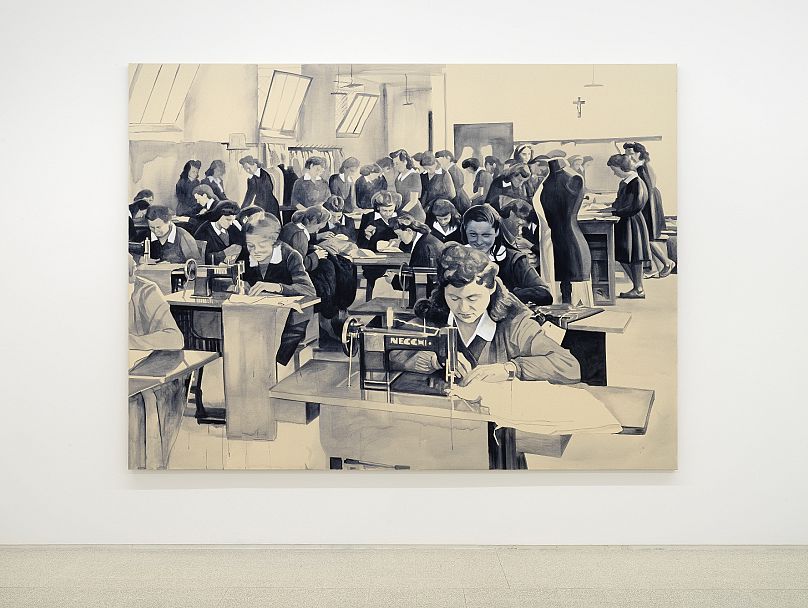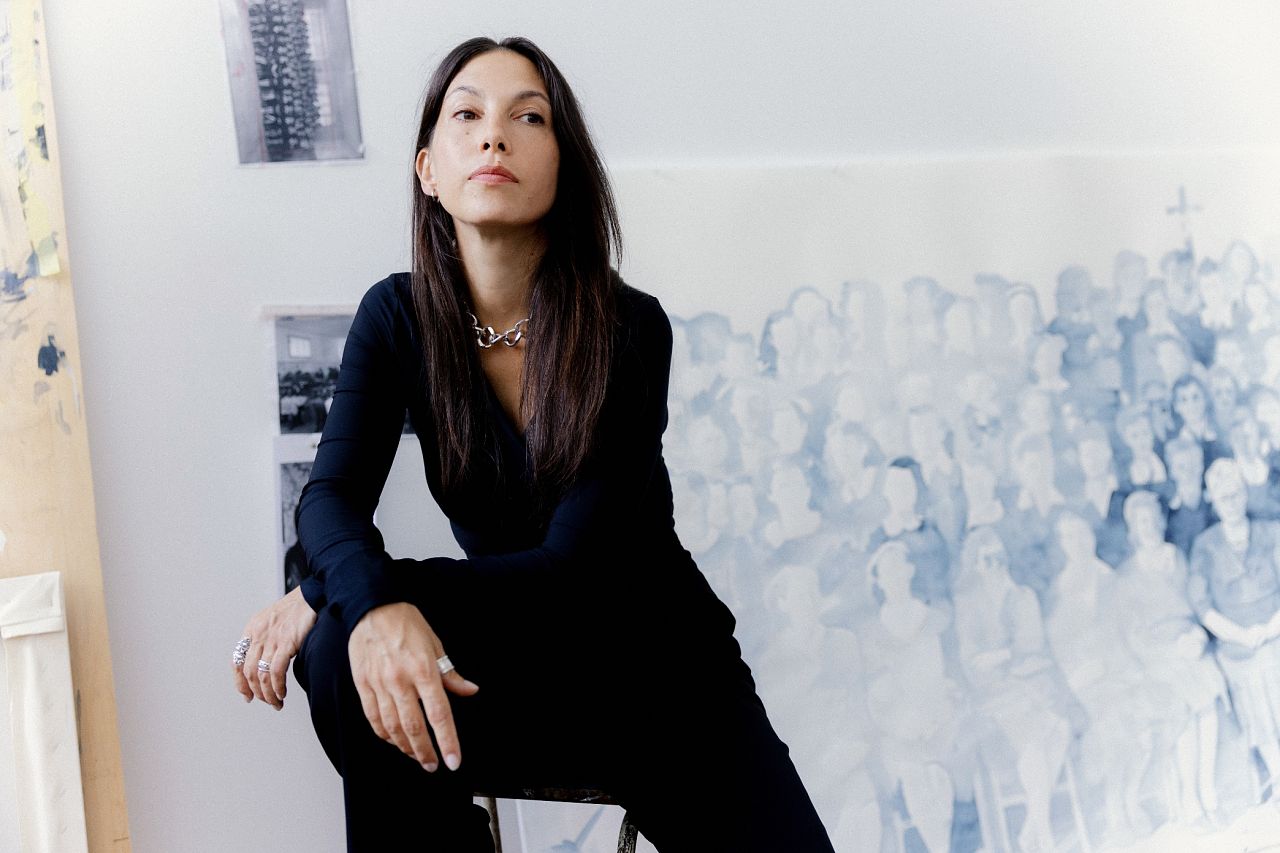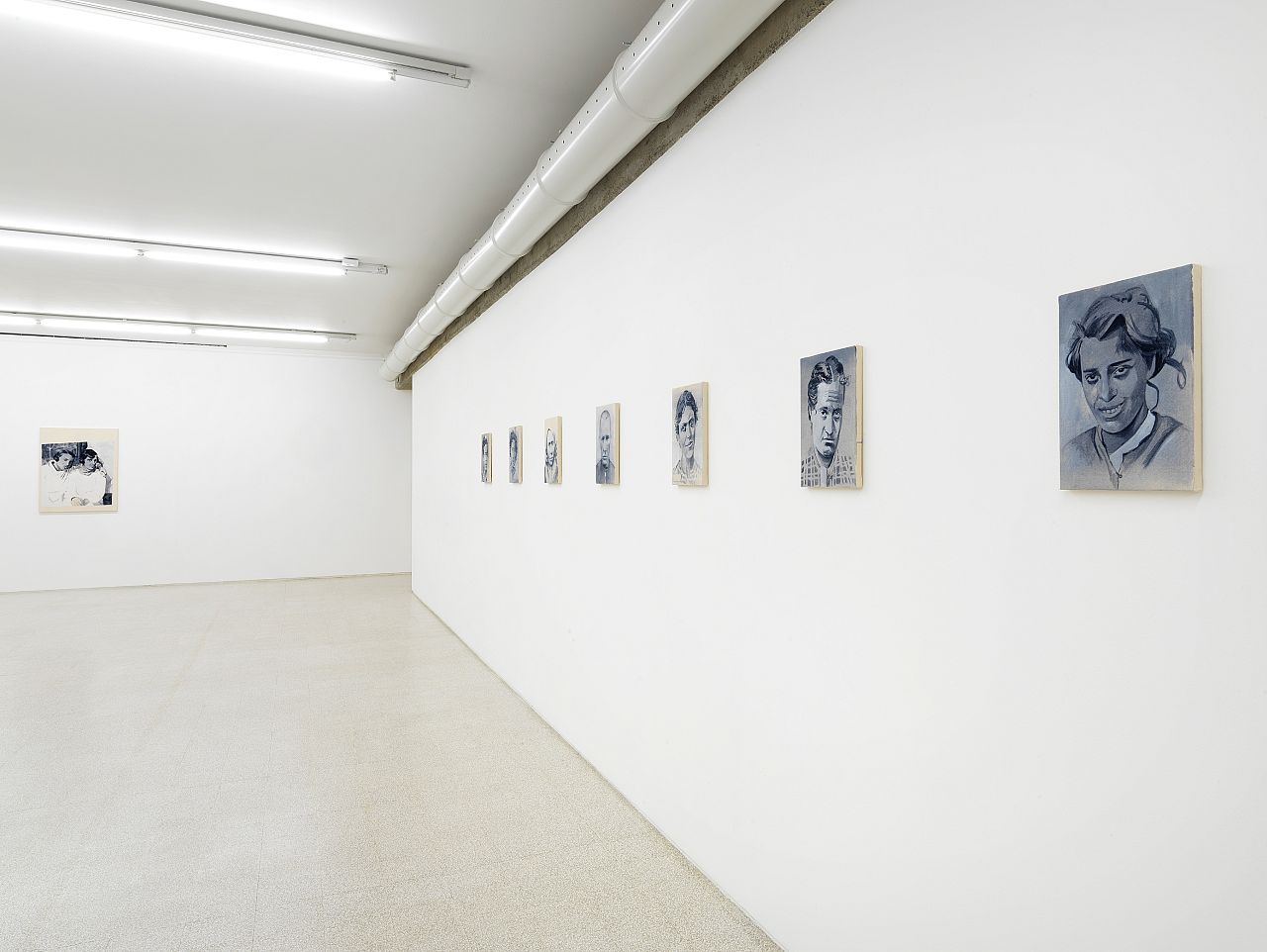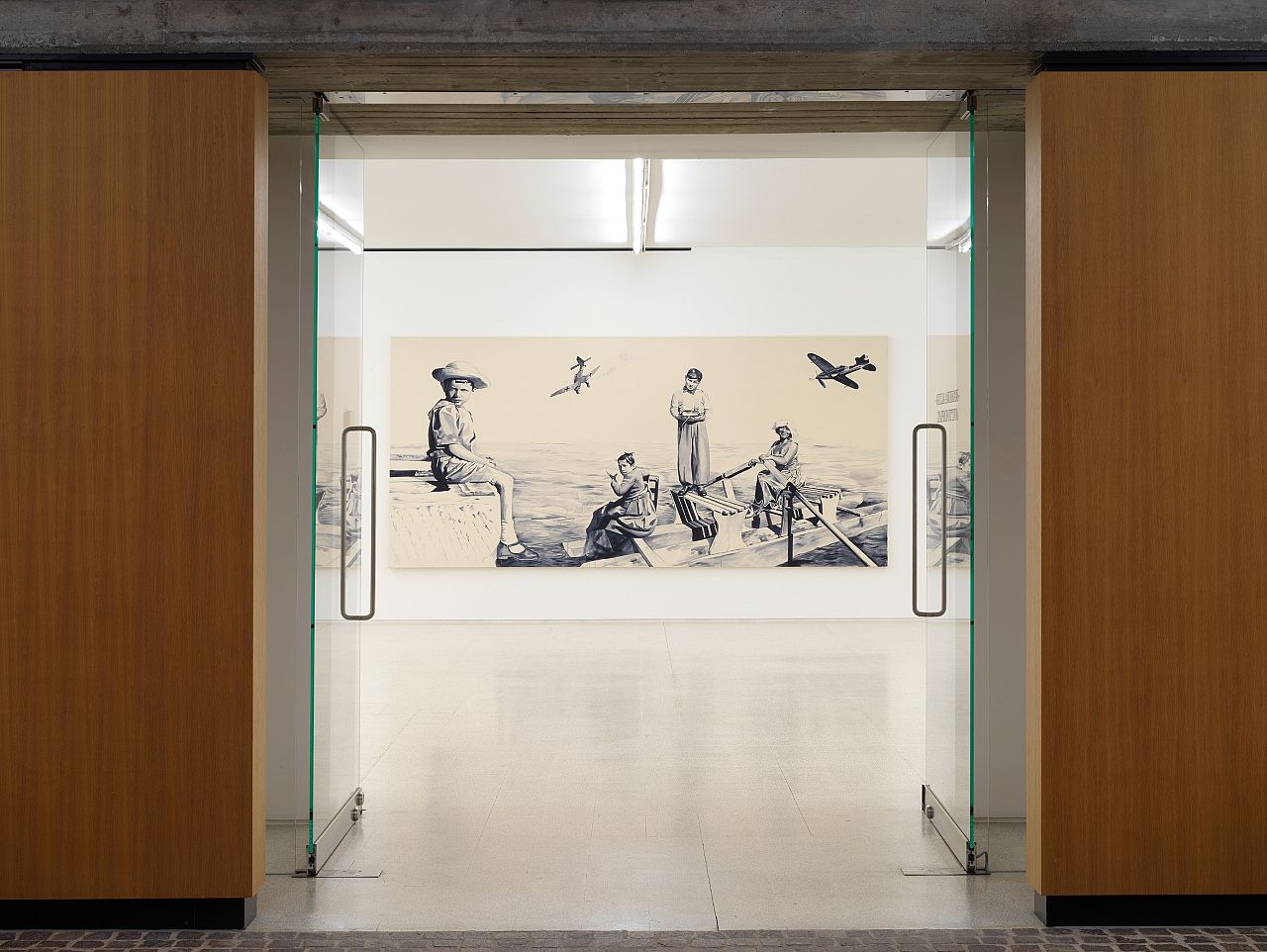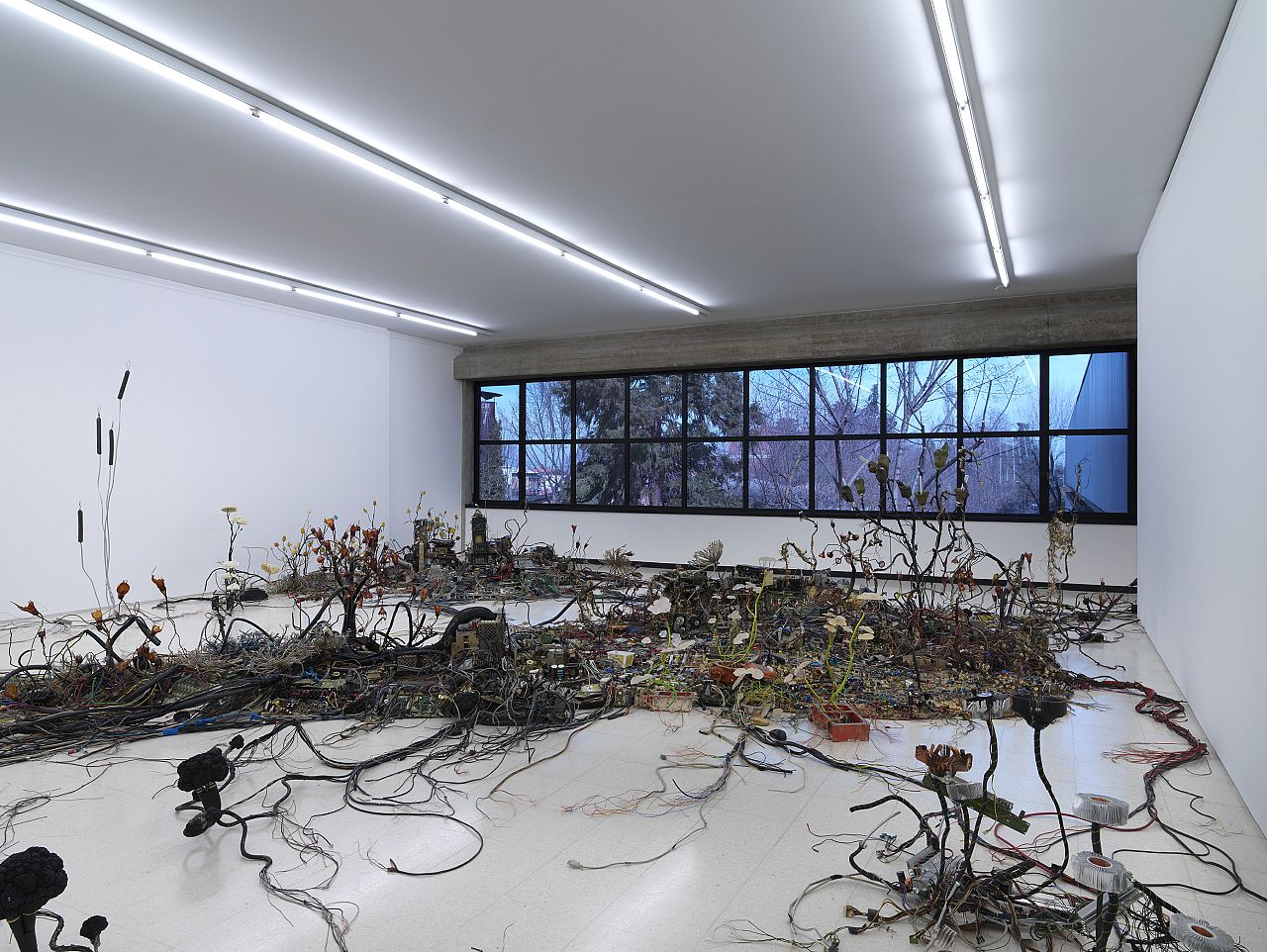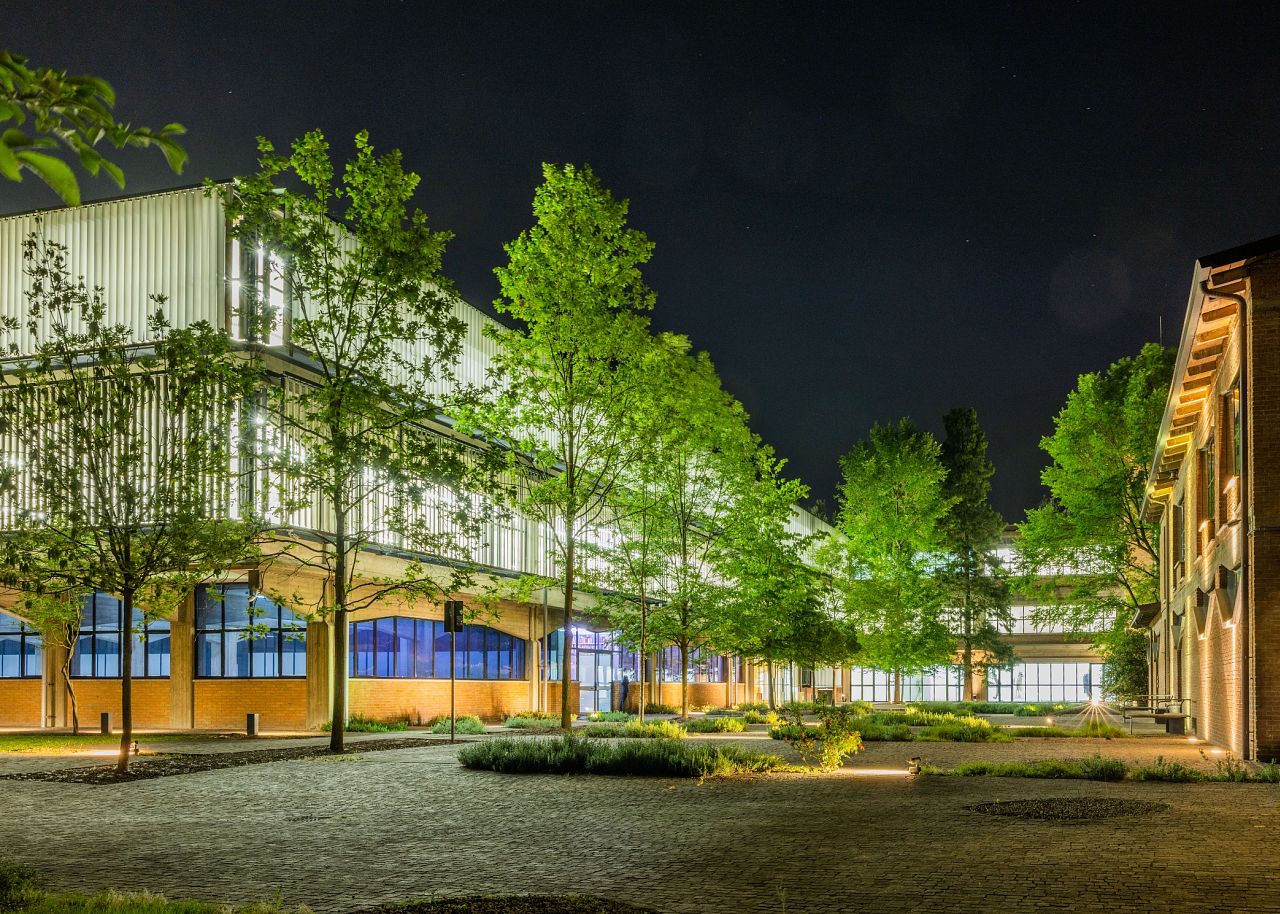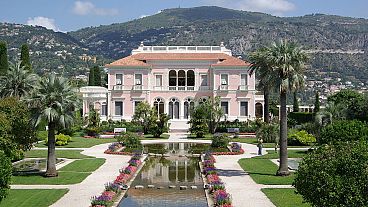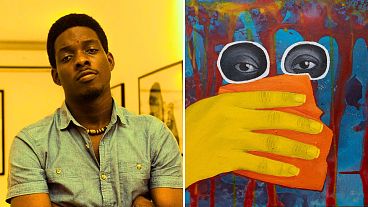Situated in the city of Reggio Emilia, the collection is housed in the former Max Mara HQ and puts on display some of the most iconic pieces of contemporary art from 1945 to the present day.
You might know the city of Reggio Emilia in Italy’s Emilia-Romagna region for the iconic cheese which hails from the region - Parmigiano Reggiano.
However, if you’re more into art than dairy, you will want to pay a visit to Collezione Maramotti.
Located in the former HQ of the legendary Max Mara fashion house, the building is now home to a vast collection of contemporary art acquired by the company's founder, Achille Maramotti.
While there are some 200 works of art on display - one of the most impressive collections in all of Italy - a new exhibition by Giulia Andreani delves into the history of the building and the legacy of the Maramotti family too.
L’improduttiva - which translates to “The Unproductive One” - is typical of the Italian Andreani’s work. She is known for her repurposing of personal memorabilia and archival photographs through painting to address forgotten histories.
For her first solo show at an Italian art institution, she has a large space in Collezione Maramotti’s South Room to feature a cohesive body of new work, which include large-scale paintings and watercolours.
In a meta turn, the eponymous L’improduttiva is at the centre of the exhibition - and was inspired by a photo from the early 1940s which shows female students at the tailoring school established in Reggio Emilia by Giulia Maramotti, mother of the founder of Max Mara.
One young seamstress stands out with her mocking smile and gaze straight into the lens. Andreani draws on this striking image in her interpretation, drawing on themes of both women’s emancipation and the power of divergence - and slightly unnerving the viewer.
The piece sets the tone for the rest of Andreani’s display. Calling herself a feminist painter/researcher, she aims to raise questions about how women have been seen and represented in different eras, all the time pointing out the underlying power dynamics and dismantling gender stereotypes.
Her focus is also on fragments of history at risk of being lost and making sure they are not forgotten.
That is especially clear with another highlight in the exhibition - works inspired by images from the Biblioteca Scientifica Carlo Livi which allowed her to dive into individuals living at a former psychiatric hospital, San Lazzaro, from the late nineteenth century to the 1970s.
Andreani lays bare some of the hidden lives of the hospital’s inmates - lives which may well have been consigned to history. Instead, they are celebrated in a distinct series of seven portraits - ‘Seven Saints’.
Andreani’s stunning ‘painting with photographs’ technique will no doubt whet your appetite for more contemporary art with strong and intriguing commentary - and, luckily, you’re in the right place.
Head deeper into Collezione Maramotti and you’ll be able to explore several hundred works of art from the collection, which date from 1945 to the present.
Hailing from Italy as well as globally, the majority of the pieces are paintings, but installations and sculptures play a part too.
One particularly imposing work is Czech artist Krištof Kinter’s Postnaturalia, an exploration of nature as a huge nervous system in the modern ‘copper age’. Made up of traditional art materials as well as electric and electronic waste materials, stills, lamps and chemical substances, Kinter’s vast installation takes up an entire room in the Collezione.
While, perhaps unsurprisingly, much of the collection focuses on European art - think art informel, Roman Pop Art and neo-expressionism - the other side of the pond is well represented, too.
American Neo-expressionism features heavily alongside American New Geometry, from the Eighties and Nineties.
Five years ago, in March 2019, the Collezione put on display a number of collaborations with artists, originally meant to be there for finite amounts of time - permanently.
Ten rooms on the second floor of the building are now taken up with small exhibitions for artists including Enoc Perez, Gert & Uwe Tobias, Margherita Moscardini, who first showed their work at the Collezione in 2008, 2009 and 2019 respectively.
By choosing to give relative free reign to these artists, the Collezione is working towards its goal of supporting both Italian and international artists in a pivotal moment of their careers.
Furthermore, in collaboration with London’s Whitechapel Gallery, they award the Max Mara Art Prize for Women every two years, with the aim of encouraging and supporting emerging women artists who live and work in the United Kingdom.
The Prize allows the recipient an opportunity for further development of their creative potential and career, by helping them to create a brand new art project.
That attitude is evident at the Collezione Maramotti too.
Its curators say the collection itself is still a “work in progress” and one which will remain flexible into the future, as new and different paths of contemporary art open up to the world.
L’improduttiva runs until 10 March 2024 and Collezione Maramotti is located at Via Fratelli Cervi, 66, 42124 Reggio Emilia RE, Italy
